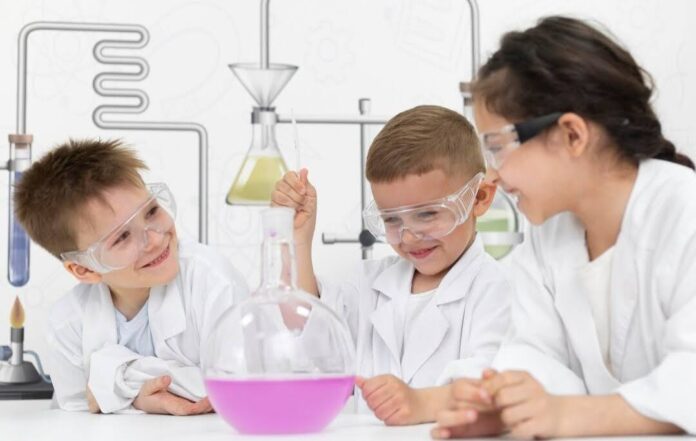Science can feel like magic when introduced the right way. For elementary students, few experiences spark curiosity like a well-planned science assembly. These events do more than entertain; they bring abstract scientific ideas to life through interactive, visual, and exciting demonstrations.
When science is taken out of the textbook and placed right in front of students in a hands-on way, the impact on learning is both immediate and long-lasting. Elementary school science assemblies play an important role in building foundational knowledge while igniting a lifelong interest.
Here’s how they help kids learn better, think more creatively, and stay excited about science. Read on!
Bringing Complex Concepts to Life
Most children struggle to grasp abstract science concepts when they’re only explained with words or diagrams. Concepts like gravity, energy transfer, or chemical reactions can feel difficult to visualize. That’s where live elementary school science assemblies completely change the learning dynamic.
During a science assembly, students watch phenomena right in front of their eyes. Such demonstrations make the invisible visible, helping students understand how science works in the real world.
Encouraging Curiosity and Independent Thinking
Curiosity is the engine behind all scientific discovery. Yet traditional classroom methods can sometimes limit how often students are encouraged to ask questions or explore freely. Elementary school science assemblies open the door to inquiry-based learning.
When a scientist performs an unusual experiment, students naturally begin to ask, “Why did that happen?” or “What if we changed one thing?”
This internal questioning is a critical skill in science. Assemblies are uniquely suited to nurture it. Presenters often leave experiments open-ended, giving students room to predict outcomes, observe results, and make sense of them through discussion.
Reinforcing Classroom Lessons
Students often wonder why they need to learn certain concepts. “When will I ever use this?” is a common phrase in schools. Elementary school science assemblies provide an immediate and relatable answer.
By showcasing how science applies to everyday life, these assemblies help bridge the gap between theory and reality.
For example, a lesson on states of matter becomes more meaningful when students watch dry ice fog spill over a table. A unit on air pressure gains clarity when they see a metal can collapse under atmospheric force.
Building Confidence and Engagement
Children who believe they are “not good at science” often carry that mindset for years. It becomes a barrier to participation in science fields later in life. Assemblies help break down those mental walls by making science fun, accessible, and engaging for all learners.
In these interactive environments, there are more explorations. Students are invited to guess outcomes, ask questions, and sometimes even join the presenter in front of their peers. These moments of inclusion build confidence, especially in students who may otherwise remain quiet in a classroom.
As engagement increases, so does classroom participation. Students become more active in science discussions, more likely to volunteer for projects, and more inclined to consider science fairs. All of this builds a healthier academic culture around science and learning in general.




